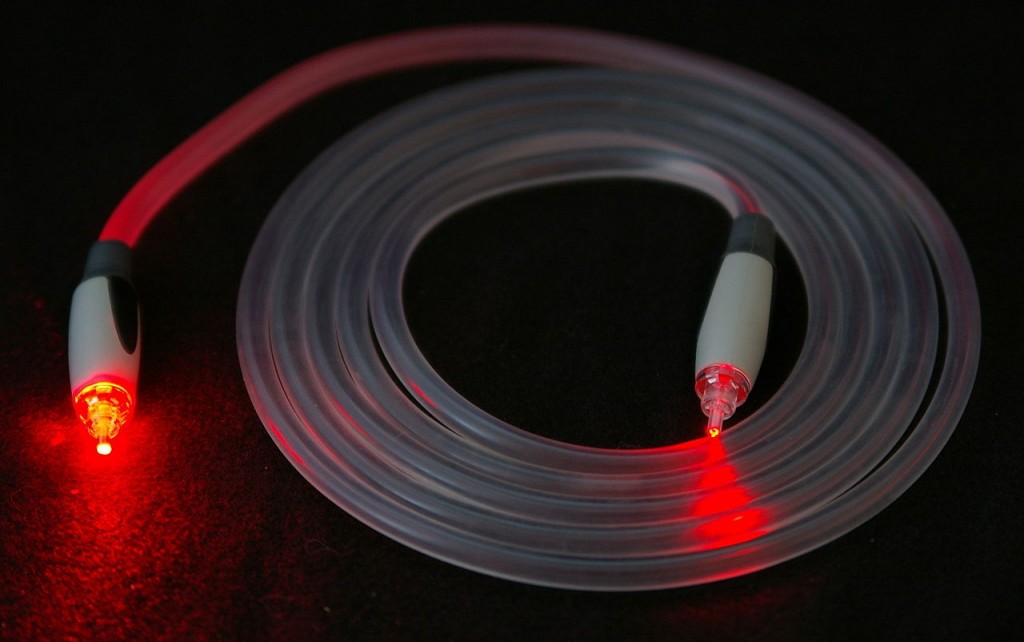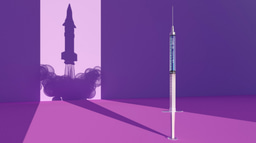
 What?
What?
As you move away from the visible region of the electromagnetic spectrum you encounter the Infrared region. Infrared light is divided into three spectral regions: near, mid- and far-infrared
Where?
The near-infrared (NIR) can be defined as the region between 750 nm and 2,500 nm, although the boundary between the NIR and the mid-Infrared (MIR) region can vary slightly.
When?
In the year 1800, astronomer and composer William Herschel had been using dark filters in a telescope to study the sun when he noticed that he could still feel the heat of the sun’s rays through the filters. It was through this ‘sensation of heat’ that he concluded that there must be invisible light beyond the visible part of the electromagnetic spectrum.
How….can we use it?
Herschel’s discovery led to the development of astronomical spectrophotometry as a means to understand our stars and galaxies. NIR spectroscopy can also be used to understand the chemical composition of different media we have right here on Earth. However, the most significant and relevant use of NIR radiation is in fibre-optic communication, where information is carried through NIR light rather than through electric cables. The telecom window between 800 – 900 nm was originally used for transmitting information, but it turned out the optical fibre losses over longer distances were too high in this region. Later, the range 1,260 – 1,360 nm (or more affectionately known as the original ‘O’-band) was used, as the optical fibres produced in the 1970s were of the lowest loss in this region. Nowadays the C-band (1,530 nm to 1,565 nm) is the most conventionally used band for long-haul and submarine optical transmission. In total we can boast around 6 bands (O, E, S, C, L, U) which have been defined and standardized to meet our information requirements.





Please sign in or register for FREE
If you are a registered user on Research Communities by Springer Nature, please sign in
Hello,
I arrived here while searching for the exact boundaries of Red and Near-Infrared (NIR), as well as Mid-IR and Far-IR. ChatGPT mentioned categories like Near-infrared A (NIR-A) and Near-infrared B (NIR-B), but I’m hesitant to accept that without a solid academic reference. Throughout my search, I’ve noticed a lack of consistency—some sources define NIR as 750 nm to 2,500 nm, while others limit it to 1,400 or 1,500 nm. I’ve also seen Far-IR defined as extending from 20,000 nm to 1,000,000 nm. Can you please point me to a good source? and
BTW this looks like an interesting place. I design Photobiomodulation devices and am very much involved in mechanisms of action and clinical trials research.